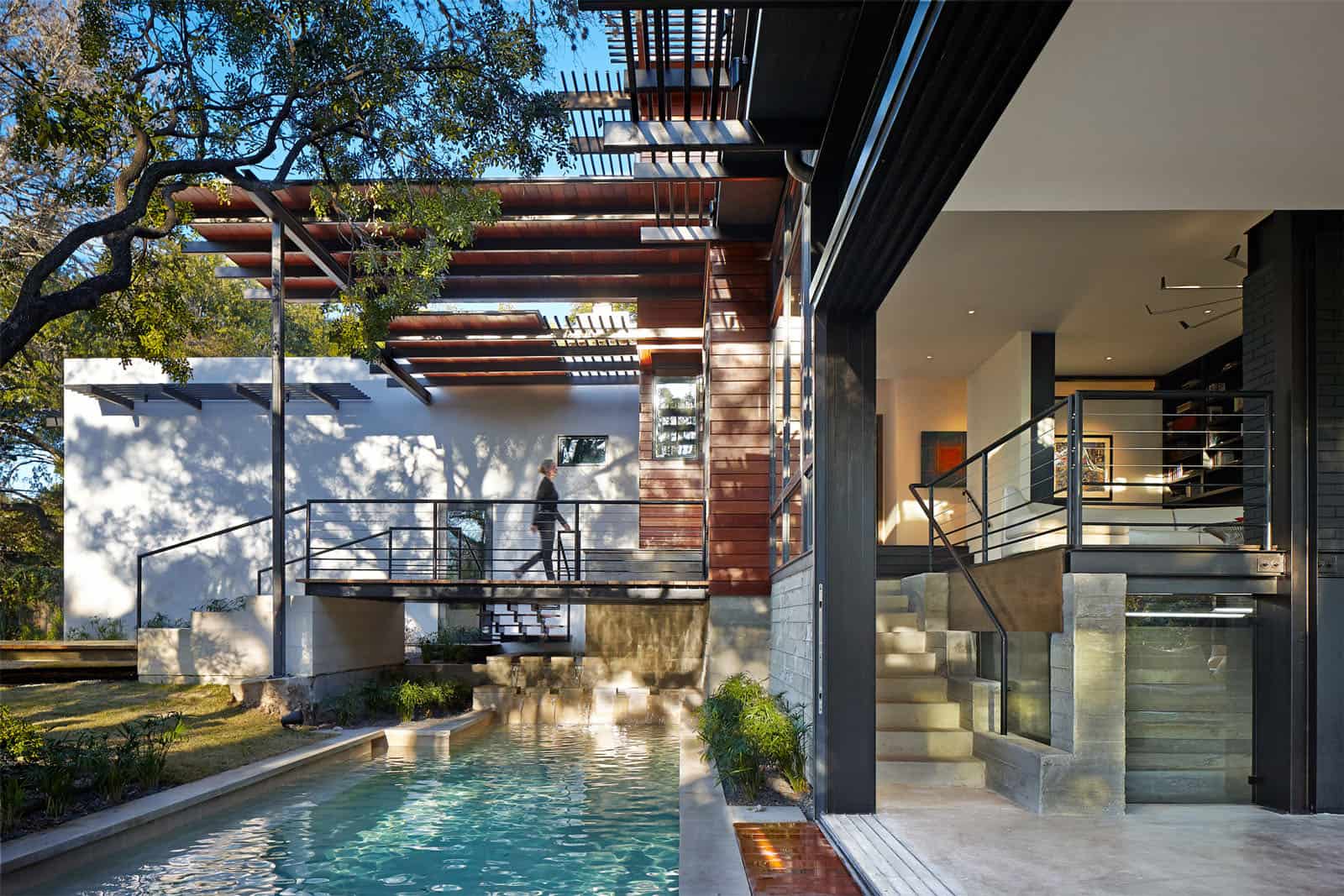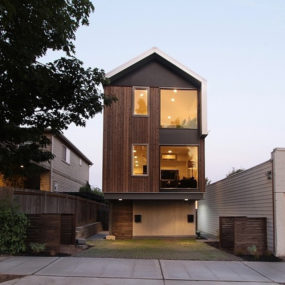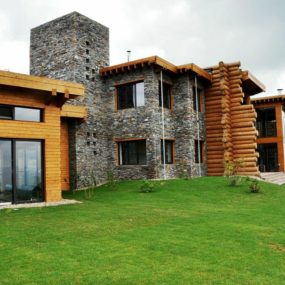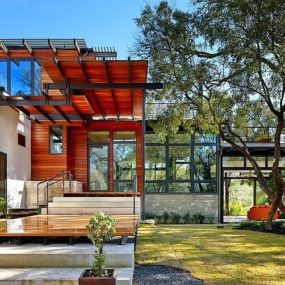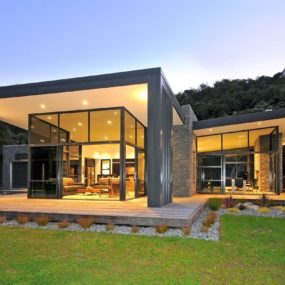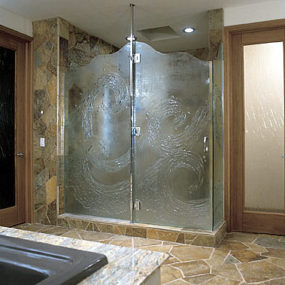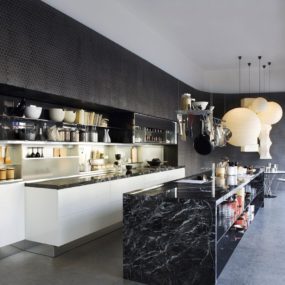This is one renovation that’ll have the neighbors green with envy: a modern Green design that went from standard to sustainable, and totally spectacular at that! Designed by local architect Jeremy Levine of Jeremy Levine Design, this cool home is his dream home. “Every architect dreams of designing their own house, but finding an empty lot in Los Angeles is almost impossible, so my wife and I decided to buy a ‘fixer’ that I could transform,” says Levine.
Located in Eagle Rock, California – a suburb of L.A. – the original 1,100-sq.-ft. home got a 400-sq.-ft. addition. This innovative design aimed to solve two problems (apart from the whole environment thing, of course): adding space without cutting existing trees; and making a small house feel big. Because the chosen lot of this gorgeous house was covered in trees that boxed the building in, making an addition impossible – or so you might think. “Since we loved the trees, we decided to build the addition around them, enclosing them into open courtyard spaces,” offers Levine. “Now, every room in the house opens to an outdoor space dominated by a tree.” These unique inside/outside gardens are fed by a combination of grey-water recycling and storm-water collection systems.
Now for part 2 of the problem – size. “To this end, we played around with various strategies, including removing some of the closets and hiding storage under the floor using concealed trap doors, which raise easily with pneumatic arms made to lift car hoods,” explains Levine. “Throughout the house we carved up the thick walls so that they became the shelves, rather than buying shelves and making the space feel even smaller. We also built custom furniture out of the recycled lumber, including an office with desks and shelves hung from threaded rods.”
The home’s innovative eco-friendly features encompass a variety of recycling, reducing and reusing initiatives, as well as solar panels to power the home; a thermal rock wall, evaporative cooling fountain, and mobile sun screens for passive climate control; natural day lighting; grey-water recycling and rain-water collection systems; hot water on-demand; Xeriscaping; a leach field; recycled fly ash concrete; reclaimed lumber; thermal chimney; a green roof, and low-VOC paint.
Of course, style doesn’t go by the wayside. “The design plays on the idea of a ‘Regional Modernism’ by merging two of the local architectural styles of the region: the language of thick walls an and carved mass of the Spanish Colonial tradition and the modern abstraction and open space of the Case Study tradition,” says Levine. For more information, visit Jeremy Levine Design
An outdoor room is built around an existing tree that grows up through deck above
Evaporative Rain Window – fed from cistern of storm water-capturing system
A “pocket courtyard” with a tree and an outdoor shower – the pocket courtyard acts as a thermal chimney allowing warm air to escape up the vertical shaft, while drawing in cool air from outside. The shower water, like all the grey water, is recycled naturally
Dead space was harvested from under the house by creating concealed under-floor storage rooms. Sections of the floor raise up one at a time, using pneumatic car hood arms and a foot pedal
Before
East Face – After
East Facade – After
East Face – Before
Front – Passive Climate Control – The thermal rock wall on south face absorbs the sun during the day to keep the house cool and then releases the heat at night as the air cools
Before
Most of the shelving is carved out of the walls. The load of the roof is carried by a new post a beam structural retrofit allowing us to carve up the walls, creating built-in shelving everywhere, maximizing the efficiency of this small house and avoiding the need to crowd the spaces with store bought shelves
Kitchen – concrete countertops using 50 per cent recycled fly ash
